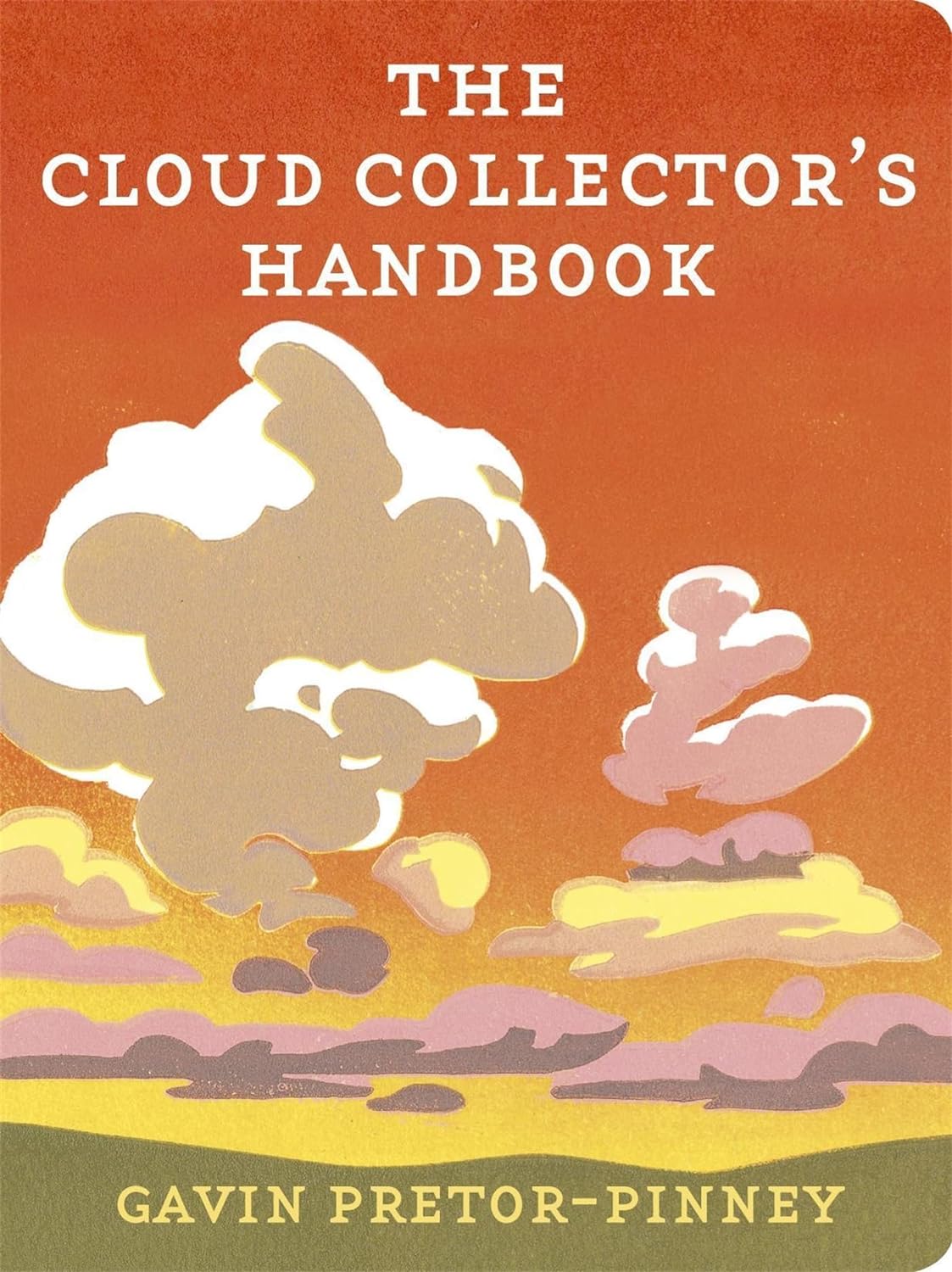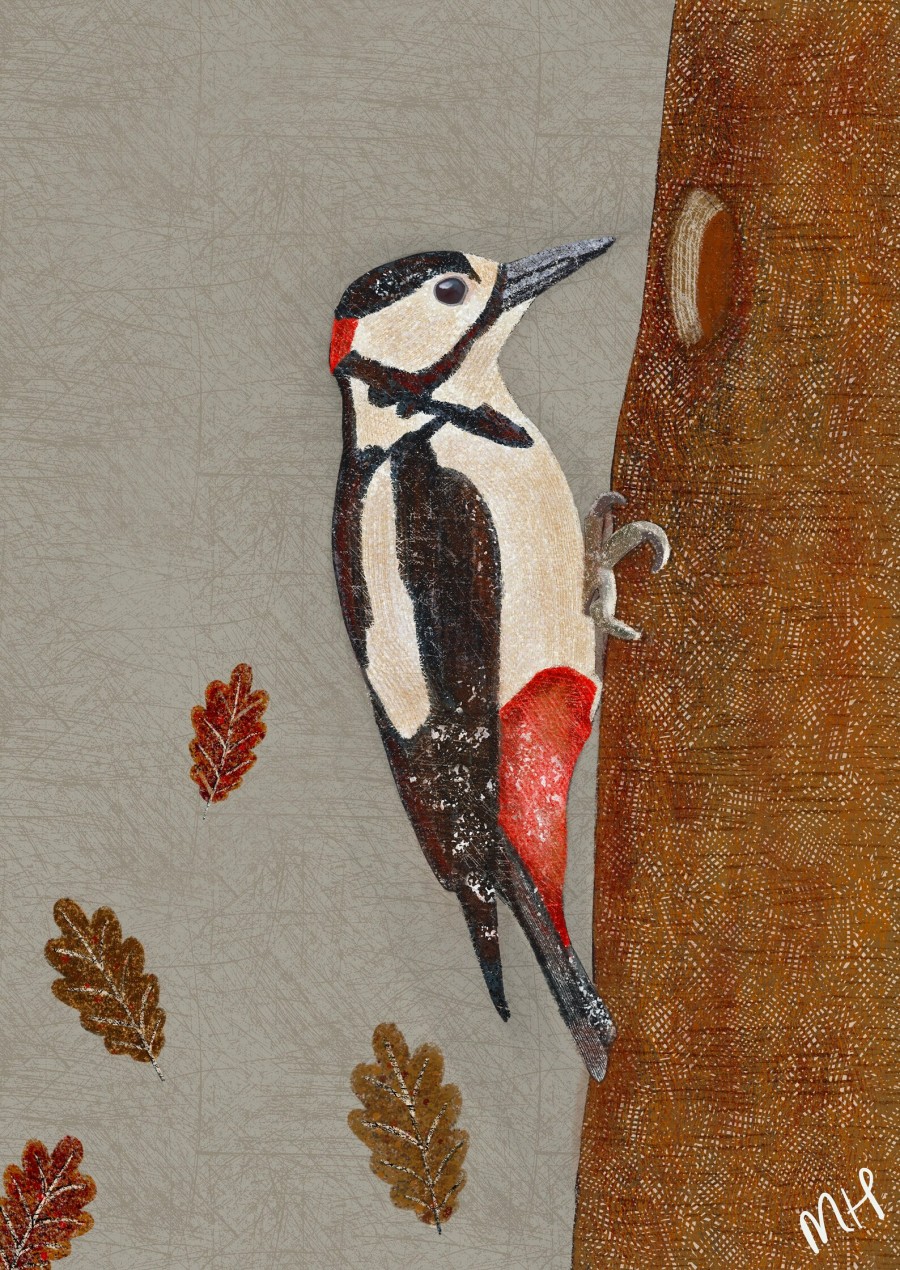
Of course, we all know that the sun is the biggest stars. But our skies are filled with millions of stars, and if you are fortunately to live in areas (like Shropshire or Northumberland) with little light pollution and beautiful ‘dark skies’, it pays to know a little about what you’re looking at! Read more on how light pollution affects birds and wildlife.
Although there are millions of stars in the sky, only 5000 or so are visible to see with the naked eye. The closest star (Alpha Centauri) is still 4.2 light years away and brighter than the sun. Stars don’t ever ‘twinkle’, they just look that way as an optical illusion due to deflected light. Stars are simply made of interstellar gas and dust and can take millions of years to form. Although they live much longer than us (again millions of years) they do eventually die (the Milky Way contains billions of stars, but the numbers always change as some are born and others die). The brightest star is Sirius (twice as big and 25 times brighter than the sun) and was used by people of yestesryear to mark the changing of the seasons, and to help navigate boat journeys.
the best places to go stargazing?
Basically anywhere that’s not overrun with stadiums and car parks lit all day. Good ‘dark sky’ areas of England include Northumberland and Shropshire (the least-populated areas of the country) along with many national parks. Exmoor, the North York Moors and the South Downs are all good places to gaze at stars during the night, as is Cornwall’s Bodmin Moor.
how wildlife use stars for navigation
Although we humans don’t eally navigate by the stars (like the Three Wise Men of the Bible did), wildlife do still use the stars, which is why it’s so important to avoid light pollution. Here are a few creatures that use the stars every day as part of daily life:
- Dung beetles (severely endangered so use no-dig gardening methods to avoid damaging babies – those big grubs you find in soil) can pull huge amounts of dung, and use the sun to stay on course. But if working at night, they use the light of the moon and stars to keep in a straight line.
- Birds often use the stars to navigate. If you imagine that birds (like swifts) hardly ever stop to rest, obviously they are flying at night, so use the stars to travel to and from Africa each year.
- Even underwater, humpback whales (who migrate over 5000 miles) swim in straight lines, and scientists believe they are charting their course with the help of the moon, sun and stars. Goodness knows how they do this but as they never devitate from five degrees or so from their migration course, it appears the stars have something to do with it. Clever humpback!
why not to ‘name stars’ after people
There is a fashion these days to ‘name stars’ after a deceased person or animal. But astronomers are not fans, saying that ‘nobody owns stars’, and it’s all a bit of a marketing gimmick. Far better to simply donate to Trees for Life, which rewilds the Highlands (read more ideas for greener memorials).
When life gets too overwhelming, just look up at the night sky, and lose yourself for a while. Deborah a Ten Brink
Life is fleeting. If you’re ever distressed, cast your eyes to the summer sky, when the stars are strung across the velveting night. And when a shooting star streaks through the blackness, turning night into day – make a wish and think of me. Robin Williams






